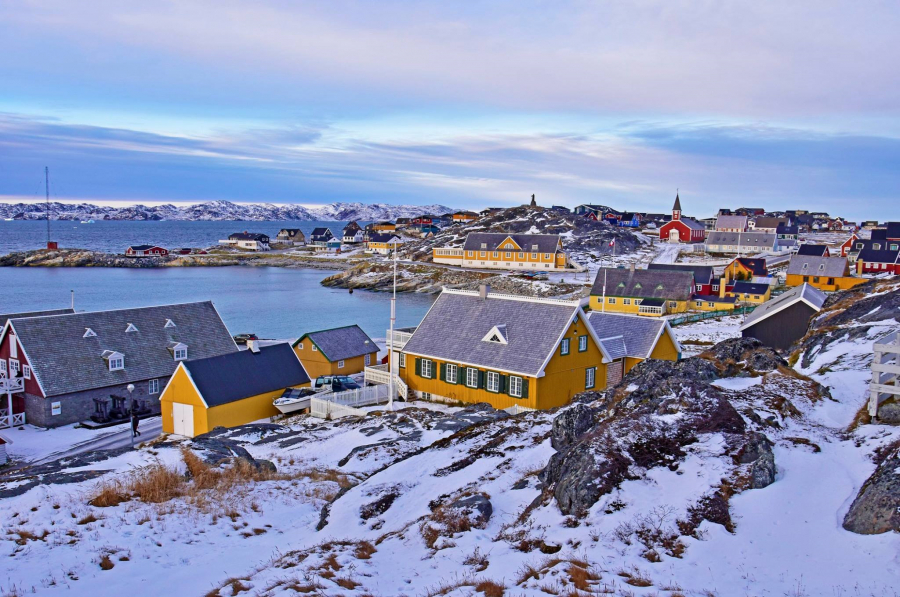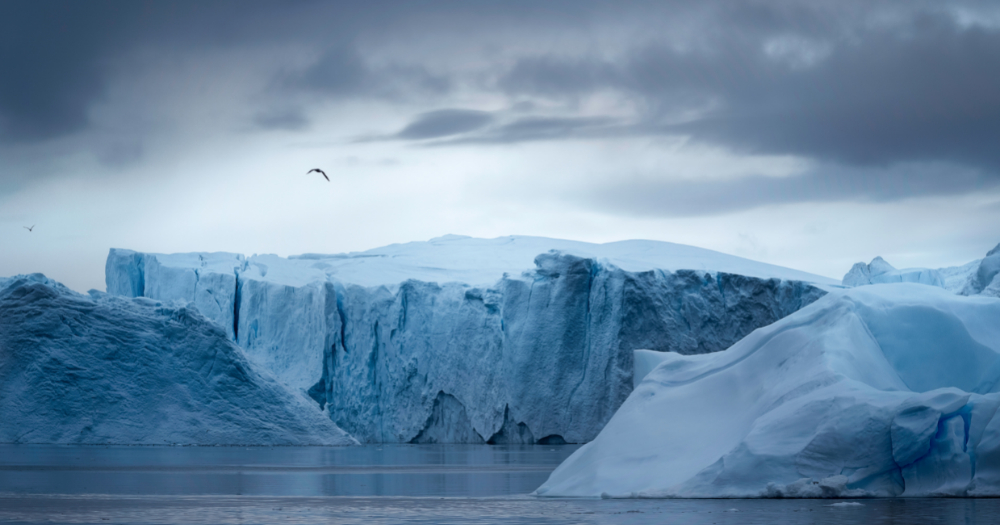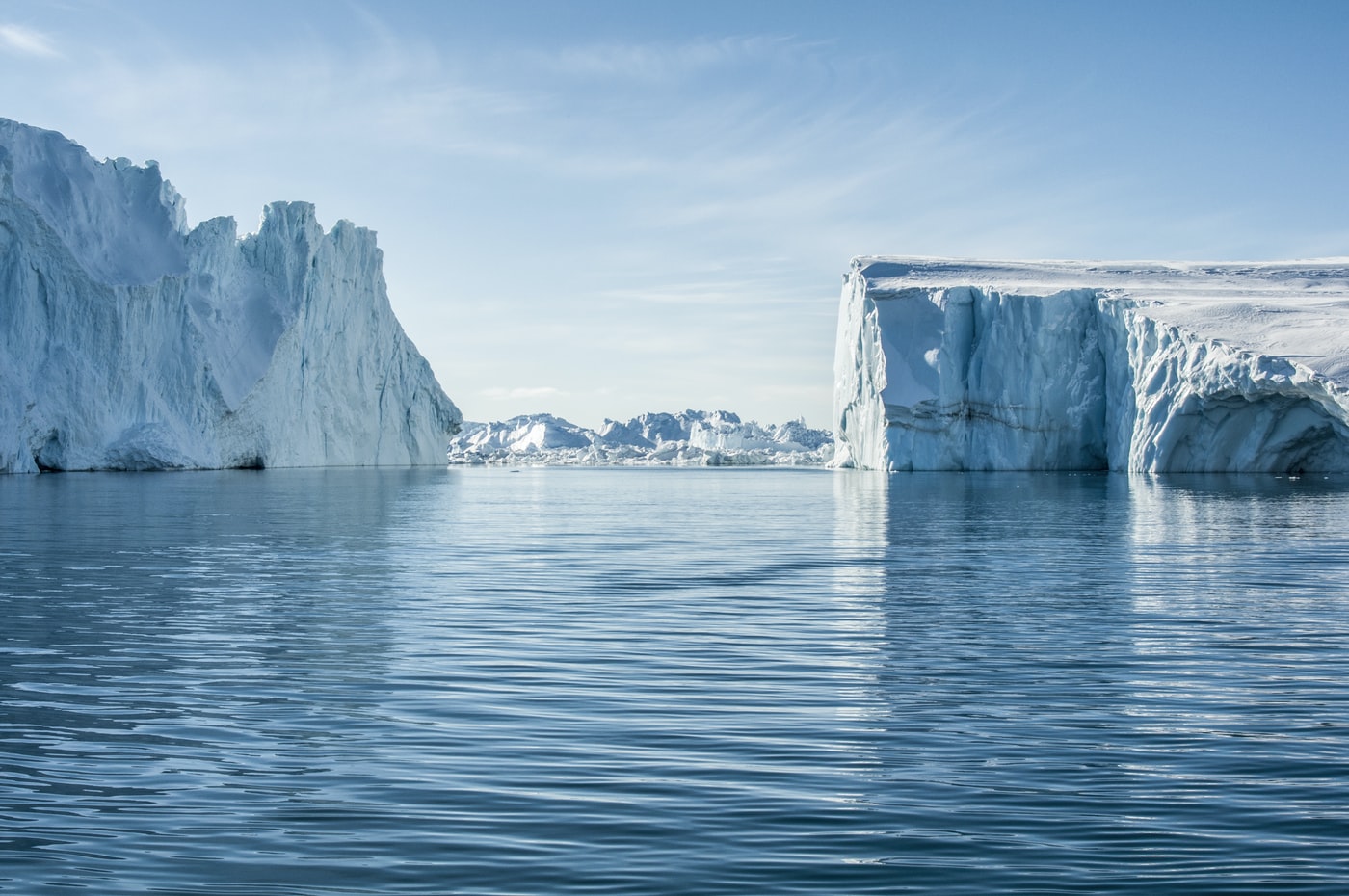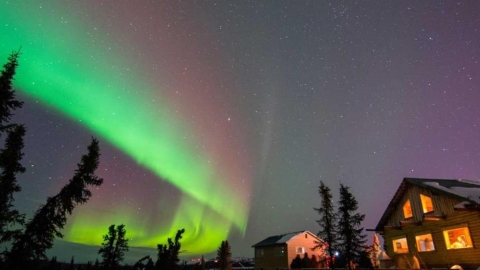Last month, the first-ever heavy rain on Greenland, with a record 7 billion tons of water falling, heralded a future that will change sea levels around the world and potentially submerge many cities.
The downpour was caused by a few days of warm, moist air that had been drifting in from the southwest of Greenland. On the morning of August 14, the temperature at the top of the 3,216-meter Greenland ice sheet exceeded the freezing point, reaching a peak of 0.48 degrees Celsius. This was particularly shocking because above-freezing temperatures occur in Greenland's late summer. At this time of year, the lack of snow exposes areas of ice to bare ice, leading to more runoff and water flowing into the oceans.
According to the US National Snow and Ice Data Center (NSIDC), the two-day rain caused the ice area to melt to approximately 872,000 km2.

Two years ago, a group of climate scientists wrote in the scientific journal Nature that if Greenland continued to melt, no matter what the worst-case scenario, tens of millions of people could still be at risk from annual flooding and displacement by 2030—less than nine years from now.
Meanwhile, by the end of this century, as Antarctica, which holds more ice than Greenland, enters a catastrophic melt phase, the number of people affected by annual flooding worldwide could reach nearly half a billion.

Between 1992 and 2017, Greenland and Antarctica lost a combined 6.4 trillion tons of ice. Greenland’s ice loss is a result of global warming, which causes surface melting. In Antarctica, much of the ice loss is due to ocean water melting glaciers, which then spill out of the land into the sea. The rate of ice loss in both Greenland and Antarctica is accelerating, having increased sixfold since the 1990s.
Outside of Antarctica, the Greenland ice sheet contains four times more ice than all the other glaciers and ice fields on Earth combined. Greenland is the world's largest island, with an area of 2.16 million km2, 36,000 times the size of Manhattan, is 80% covered by ice, some as thick as 3,000 meters. The remaining 20% of Greenland is about the size of Sweden. With a population of just over 56,000, it is one of the most sparsely populated places in the world.




































